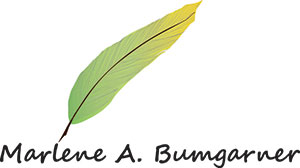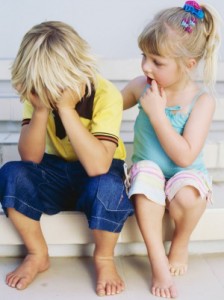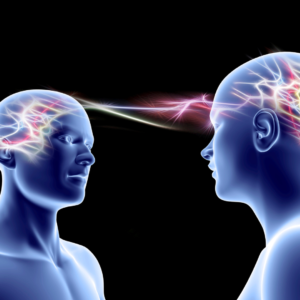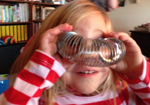I awoke today to an Instagram post from my daughter. A closeup photo of Bean’s face, looking very earnest (and as cute as a bug), along with this comment from her mother: “She appears by my bed when I’ve been sleeping, ‘Mama, do you need anything? Like an Advil or your breathing medicine? Or a cuddle?’ The best of nursemaids.”
After I wiped my eyes I thought for a while about empathy. For that is what Bean was demonstrating. How did she learn to be so gentle and kind in the presence of her mother’s pain? How did she know what to do and say? How does this whole thing work?
According to scientists, empathy consists of two separate responses to another person’s discomfort, cognitive and emotional. The cognitive part can be thought of as Bean trying to understand what her mother was thinking and feeling, and how those thoughts and feelings might be affecting her. The emotional part is actually feeling those feelings herself. In other words, she was feeling the same emotions as her mother, but in response to her mother’s distress, not her own (Dodaj, et al 2013).
How is that possible? She’s only four years old. How can she possibly know what her mother is feeling a week after chemo? It turns out that she doesn’t have to. Brain scientists have identified special purpose neurons, mirror neurons, which provide an explanation. Mirror neurons are a type of brain cell that respond equally well when we experience an emotion or when we witness someone else experiencing an emotion.
This Nova video explains in greater detail how mirror neurons work.
Epistimologist Jean Piaget, one of the Grand Theorists of child development, believed that children could not feel empathy until they attained sufficient cognitive ability to see things from another’s perspective — around seven or eight years of age. His work was translated into English in the 1960s and heavily influenced the field of child development and early childhood education. Yet, even as we taught that infants, toddlers, and preschoolers couldn’t feel empathy, we observed such nurturing behavior that it was hard to keep believing it.
In my child development classes we talked about teaching prosocial behaviors to children, which in ordinary language means modeling caring and nurturing behaviors with one another and encouraging children to do the same. Generally our goal was to see prosocial behaviors, including empathy, by 2nd or 3rd grade. Repeatedly, students reported observing these behaviors much earlier.
In 1979 Martin Hoffman of New York University observed that newborn infants would cry in response to the cries of other infants (Hoffman, 1989). Hoffman did not believe this was “true” empathy because it did not contain a cognitive component, but instead labeled it as “a possibly early precursor of empathic arousal.” Research on the neurology of empathy was encouraged by this finding, and the discovery of mirror neurons has provided scientists with an understanding of how it is that children can respond with such intense feeling to the distress of others.
It may well be that as they grow and develop cognitively, children’s understanding of the underlying causes of the other person’s emotions become more informed, and it could be said that their empathy is then more “real.” But to the person on the receiving end of the tender touch and loving words, that’s irrelevant.
New research supports the early teaching of caring behaviors. In The Neuroscience of Human Behavior: Attachment and the Social Brain (2006), Louis Cozolino states that the first three years of life are critical for the development of the conscience, which can be thought of as an internal voice that encourages us to act with kindness, respect and fairness – sort of a Jiminy Cricket if you will. Cozolino explains that it is during this period when brain structures are being formed that help us interpret what we see and hear in social contexts, feel concern, sympathy, and empathy, and behave in response to these experiences and feelings in ways that we have seen modeled by the adults and other children around us.
So, I’ve come full circle, from awakening to the description of a touching scene, thinking about how it came about, sorting through the science that helps me understand it, then realizing that – even though all that stuff I wrote is true, and I’m sure that hundreds of gentle human interactions and spiffy neurological developments went into the shaping of our little girl’s ability to feel empathy and act upon it, it is still a miracle. For a small child to so sweetly comfort a grownup, one to whom she owes her very existence, during a time of illness and infirmity is a miracle. Don’t you agree? Let’s all do our part to help make more of those miracles happen by modeling gentleness, loving kindness, fairness, and empathy whenever we are around children and other living things. The sooner we start, the better!
Share this post




